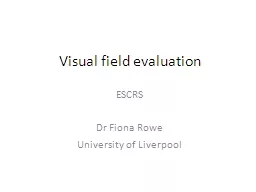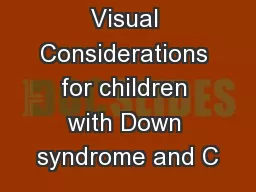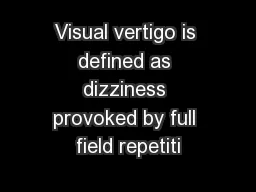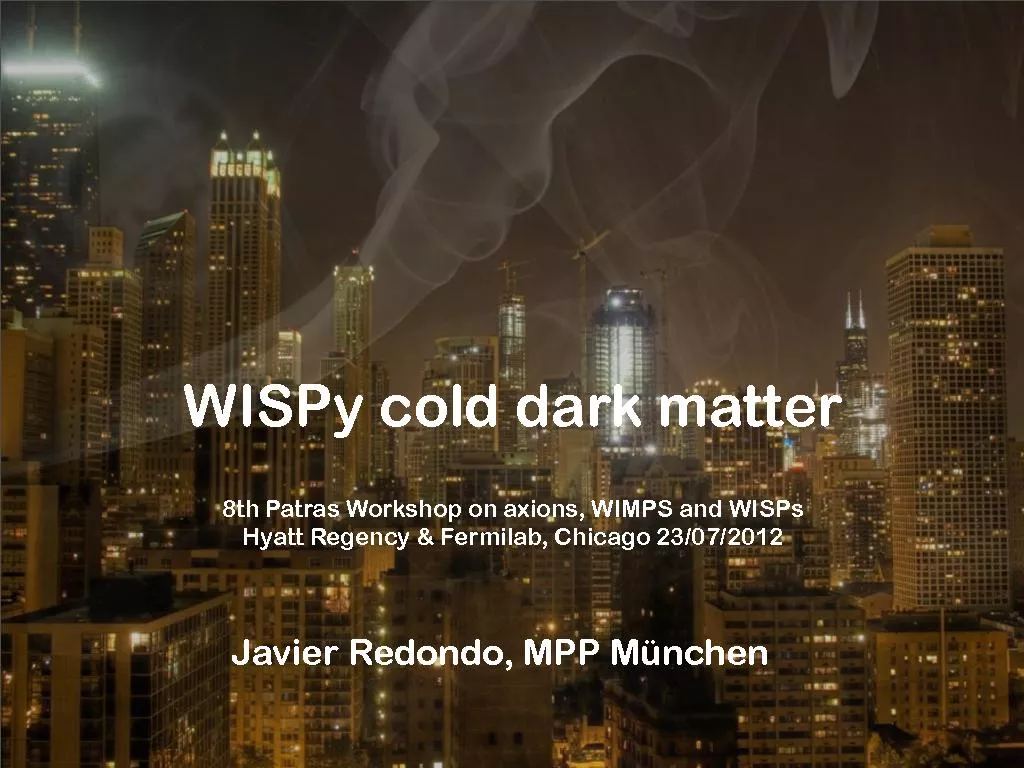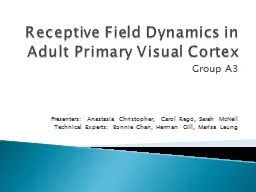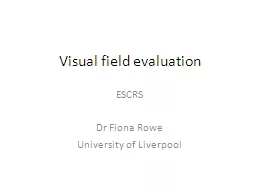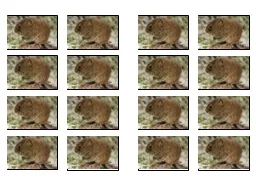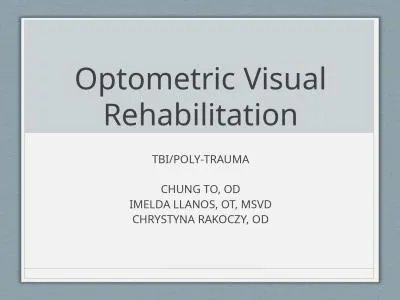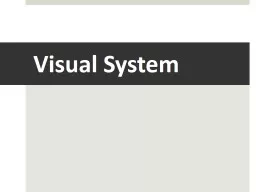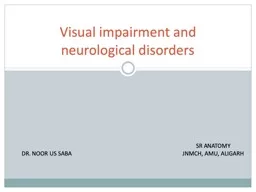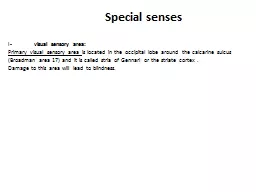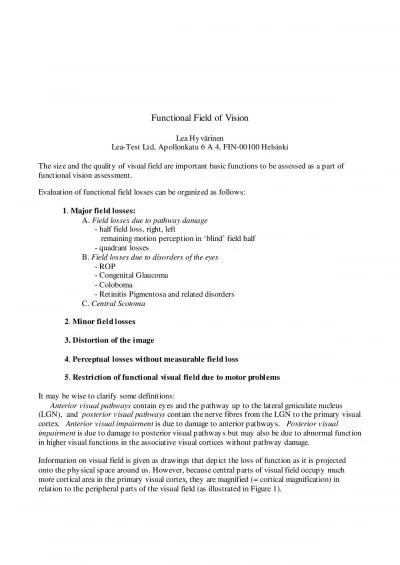PPT-Visual field evaluation
Author : jane-oiler | Published Date : 2016-06-08
ESCRS Dr Fiona Rowe University of Liverpool Goals Visual pathway anatomy Methods of perimetry use for Humphrey visual field analyser Goldmann perimeter Octopus
Presentation Embed Code
Download Presentation
Download Presentation The PPT/PDF document "Visual field evaluation" is the property of its rightful owner. Permission is granted to download and print the materials on this website for personal, non-commercial use only, and to display it on your personal computer provided you do not modify the materials and that you retain all copyright notices contained in the materials. By downloading content from our website, you accept the terms of this agreement.
Visual field evaluation: Transcript
Download Rules Of Document
"Visual field evaluation"The content belongs to its owner. You may download and print it for personal use, without modification, and keep all copyright notices. By downloading, you agree to these terms.
Related Documents

